The Future of Work: The Three Digital Challenges Every Company Must Address
22 August 2023
We are at the very start of what I believe will be the most opportune and exciting time for businesses in our lifetimes. Artificial intelligence (AI) and other transformative technologies like cloud, edge and quantum computing will revolutionize industries and society. And organizations that are ready to reap the benefits will set themselves up to emerge as leaders of this brave new world.
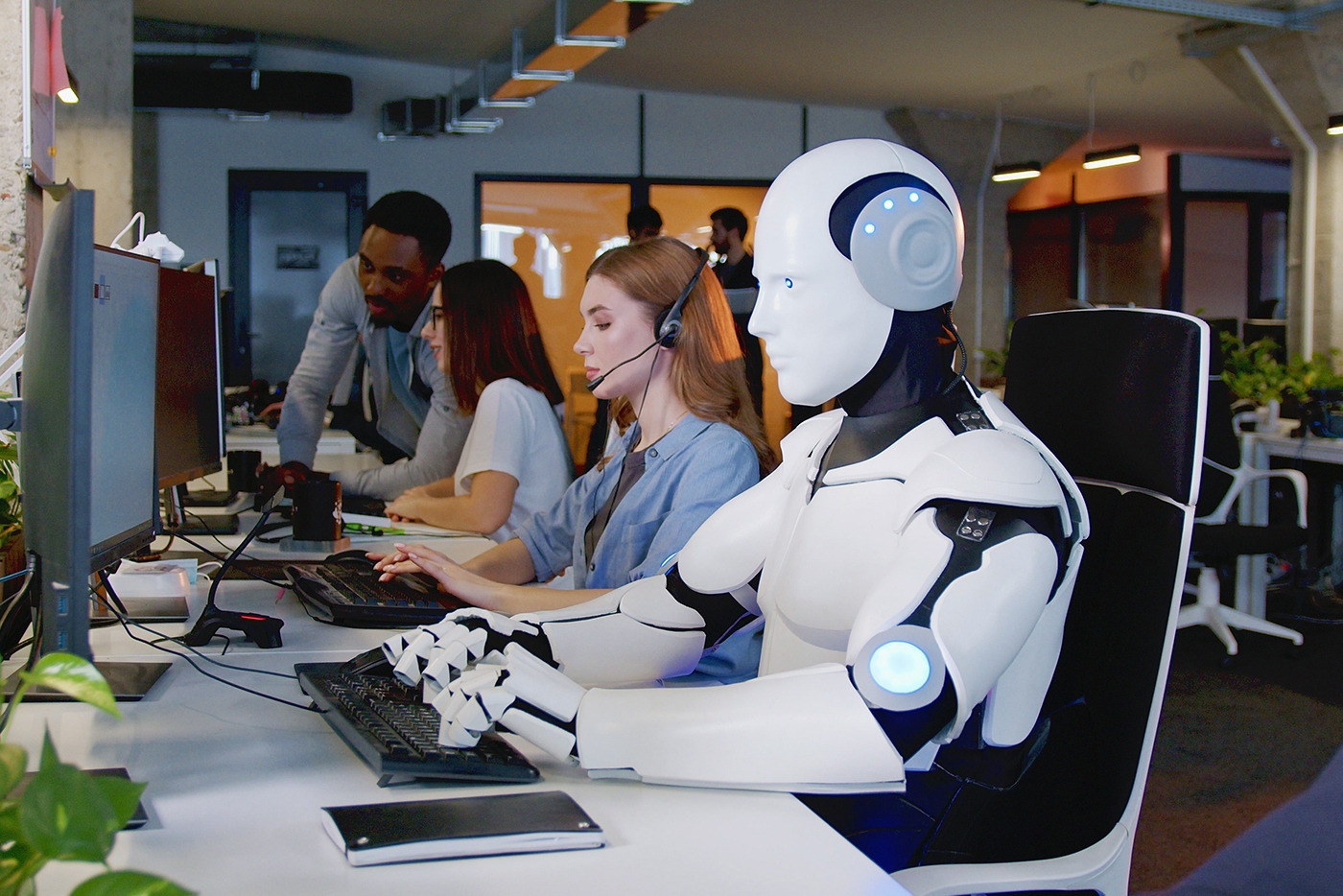
But with these unprecedented opportunities come some substantial challenges. Working patterns and corporate cultures are shifting as employees with the knowledge and experience to bring about these changes seek greater flexibility and improved work/life balance. Cyber attacks increase in their frequency and severity as increasingly digital organizations become more exposed. And as the urgency of moving towards carbon neutral and net zero targets increases, sustainability becomes an ever-more pressing priority.
To explore these challenges, I recently spoke to Kate Porter, senior director of segment insights and strategy at Intel’s Commercial Client Business Group. Porter was happy to shed light on the strategies and tactics being adopted by her customers and other leading enterprises as they prepare to face them. The 18 years she has spent with the company have given her a great deal of insight into the way successful businesses react to emerging technology trends – as well as the mistakes to avoid! As part of this I'll also be exploring the benefits of Intel's 'Built for Business' vPro® platform, and looking to see how it addresses some of the issues raised along the way.
Hybrid Work Infrastructure
Businesses had been preparing for the move towards hybrid and remote working for some time before the 2020 Covid-19 outbreak. The emergence of online working, “cyber-nomad” culture and collaborative working platforms like Teams and Slack were all signs of the times. However, many were still taken by surprise by the speed of that year’s transformation, as well as the myriad ways it impacted corporate cultures around the world.
Porter tells me “What we all learned in 2020 was that it sometimes just takes a large environmental event outside of your control to shift from ‘sometime in the future’ to ‘seemingly overnight’ … the smaller organizations that hadn’t modernized their infrastructure weren’t as resilient, and many of them weren’t able to transform through that.”
Since then, much has been said about hybrid work, as well as the ongoing arguments between those that are happy with the new arrangements and those that still feel centrally located, face-to-face workforces are preferable.
As time passed, the focus on the conversation started to shift towards the ongoing skills shortage facing high-tech enterprise. As well as those that are traditionally not so high-tech, but becoming increasingly aware of the importance of digital transformation in the today’s world.
Porter asks, “Last year there was a significant war for talent … how do you retain and recruit top talent by ensuring you continue to have those flexible work policies that enable work from anywhere?
This has manifested in a resistance to moves by bosses in some industries aimed at encouraging a return to office-based working.
“So I think what businesses are recognizing is … it’s not one or the other … all remote or all in the office … it has to be some blend of the two in order to ensure strong collaborative experiences are helping move the business forward, and to ensure employees are still feeling like that needs for flexibility is being met.”
Adapting to this new dynamic often means businesses must make some significant changes to their technology infrastructure. Network downtime and limited out-of-office connectivity can have a significant impact on productivity and the ability to collaborate.
Porter suggests that businesses start tackling this issue by first identifying the “high impact” remote team members and developing a thorough understanding of their out-of-office computing experience.
“Are they enabled with the right PC technology to allow them to be highly productive? Are they having issues … with connectivity, their software not running smoothly, it could be the operating system is not up to date”.
Equipping these high-impact team players with the most up-to-date and future-proofed tools ensures that their time is spent being productive, rather than dealing with issues caused by outdated hardware or software incompatibilities. PC's built using the 13th Generation of Intel vPro are designed for business class performance to offer up to 2x better productivity and improved user experience compared to machines that are just three years old.
“It’s a really a great time to say ‘how do we get them into a highly productive environment?’ because these are the shapers of our business,” says Porter.
Cybersecurity
Several factors have conspired to create the “perfect storm”, leading to increases in both the frequency and severity of cyber-attacks directed at businesses. As well as the move to hybrid and remote working previously discussed, these also include the ongoing digitization of life, work and society, and the emergence of technologies like AI and cryptocurrencies.
Cryptocurrencies provide cyber criminals with effectively anonymous methods of extorting digital cash from companies. At the same time, AI is enabling new, sophisticated forms of social engineering attacks. We have already seen “deepfake” technology used to clone voices, which are then used to persuade employees, friends or family members to transfer funds to accounts operated by the thieves.
Porter tells me “The reality of remote and hybrid work has changed the nature of cyber security … the walls of the office have really crashed down.”
Successful strategies used by organizations attempting to shore up their defenses range from the mundane but critical – keeping hardware and software up-to-date and applying the latest security patches – to more sophisticated.
“One thing Intel has done,” Porter continues, “is partner with security vendors in the ecosystem … to run your software better with different intelligence engines, so we can do more hardware scanning at a level that’s below the software.”
According to Intel, PCs running on their vPro platform have the most comprehensive out-of-the-box security solutions. This includes hardware-based AI security algorithms, and ransomware detection systems. Benefits that users can expect include a 93 percent increase in efficiency at detecting ransomware attacks, and a reduction of 21 percent in the number of impactful security events.
While technology solutions play an important role, the human response is often just as – if not more – critical.
She says, “Companies are training their employees in increasingly creative ways.”
For example, many organizations now deploy courses that engage employees with simulated phishing and social engineering attacks. This could involve sending them an email that attempts to persuade them to divulge passwords or other sensitive information.
“As soon as you click it, up pops a window that says ‘had this been a legitimate attempt you could have inadvertently exposed company assets.’ That kind of experience really sticks with an employee.”
Sustainability
Perhaps the most important challenges of all revolve around reducing the damage done to environments and the planet through our business activities. Often this focuses on reducing the carbon footprint, but cutting waste in all areas and striving towards “circular” methods of production and economics are playing an increasingly important role in many sustainability strategies.
Porter tells me “A couple of years ago there was the thought … it’s mostly about power efficiency and mostly about material choices, to make sure they are sustainable choices.
“But … it is actually a much wider consideration than just those two factors.”
While striving for sustainability and driving down emissions is certainly critical from an environmental perspective, organizations like Intel are increasingly aware that there are business benefits too. As well as the obvious financial savings that can be made by reducing waste and increasing recycling and reuse, buying choices are increasingly driven by consumer perception of a company’s environmental and ethical stance.
Porter says “It’s everything from the manufacturing processes of the material vendors …and that transparent supply chain so you have trust and certainty … the ethical manufacturing and then all the way through the material choices … how much energy and water is consumed.
“And then obviously having visibility on the use of the device throughout its lifecycle, allowing it to be repaired in an intelligent way so it isn’t prematurely disposed of … and all the way through to the end of life and retirement, ensuring there’s visibility in terms of the material that were used and how they can be recycled.”
From green manufacturing practices and performance per watt optimizations, to automated power management and remote support features for larger enterprises, Intel raises the bar on sustainable computing during every phase of the PC lifecycle with tangible benefits for businesses.
Many company leaders reiterate the importance of measuring the benefits of these technologies that drive sustainability improvements. As part of this, it’s important to view sustainability across the full life cycle of the device. For example, a single use of Intel® Active Management Technology to support a PC remotely, instead of dispatching a technician via truck, saves carbon emissions equal to 2 years of use of that PC. Remote device management that avoids technician travel (or employee travel to return hardware into the office) makes a real difference.
For more, do head over to Intel to learn more about their Intel vPro platform powered by the new 13th Gen Intel® Core™ processors, and please note that this is a paid-for partnership with Intel – but as always, the content is independent and I only align myself with brands I believe in, and Intel is one of them.
You can click here to see my conversation with Kate Porter, senior director of segment insights and strategy at Intel’s Commercial Client Business Group, in full. In it, we dive deeper into the three pressing challenges identified here, as well as examine the role that emerging technologies like AI will play in finding new solutions.
Related Articles
The 12 Best Smart Home Devices Transforming Homes in 2025
By now, “smart” versions exist of just about every home appliance, gadget and gizmos we can think of. However, manufacturers continue[...]
11 Most Reliable AI Content Detectors: Your Guide To Spotting Synthetic Media
Since the launch of ChatGPT just two years ago, the volume of synthetic – or fake – content online has increased exponentially.[...]
The AI-Powered Citizen Revolution: How Every Employee Is Becoming A Technology Creator
Something remarkable is happening in organizations around the world.[...]
6 Mistakes IT Teams Are Guaranteed To Make In 2025
The next wave of artificial intelligence isn't just knocking at enterprise doors - it's exposing fundamental flaws in how organizations approach technology transformation.[...]
2025’s Tech Forecast: The Consumer Innovations That Will Matter Most
Consumer technology covers all of the tech we buy to make our lives more convenient, productive or fun.[...]
7 Healthcare Trends That Will Transform Medicine In 2025
Healthcare has evolved dramatically in recent years, with technology driving countless new opportunities, just as demographic and societal factors have created new challenges.[...]
Sign up to Stay in Touch!
Bernard Marr is a world-renowned futurist, influencer and thought leader in the fields of business and technology, with a passion for using technology for the good of humanity.
He is a best-selling author of over 20 books, writes a regular column for Forbes and advises and coaches many of the world’s best-known organisations.
He has a combined following of 4 million people across his social media channels and newsletters and was ranked by LinkedIn as one of the top 5 business influencers in the world.
Bernard’s latest book is ‘Generative AI in Practice’.





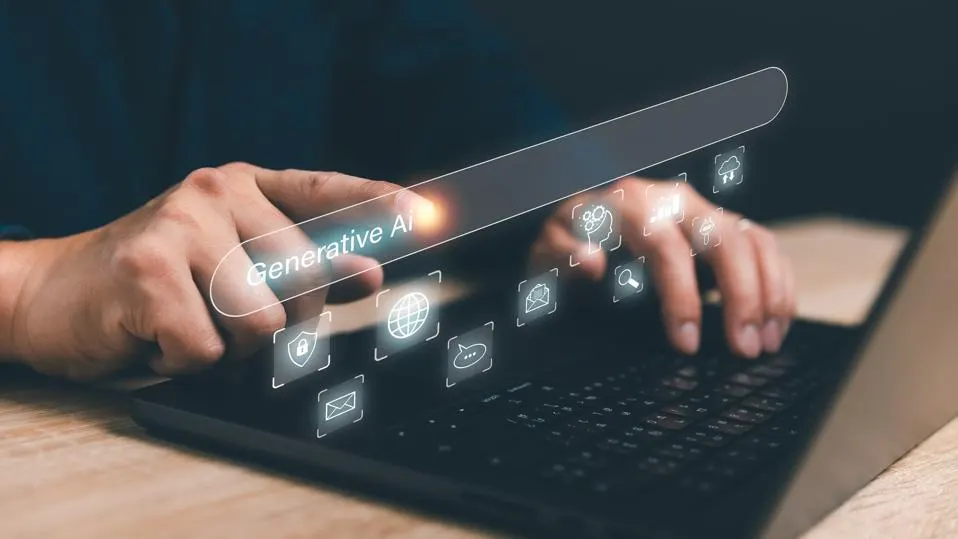
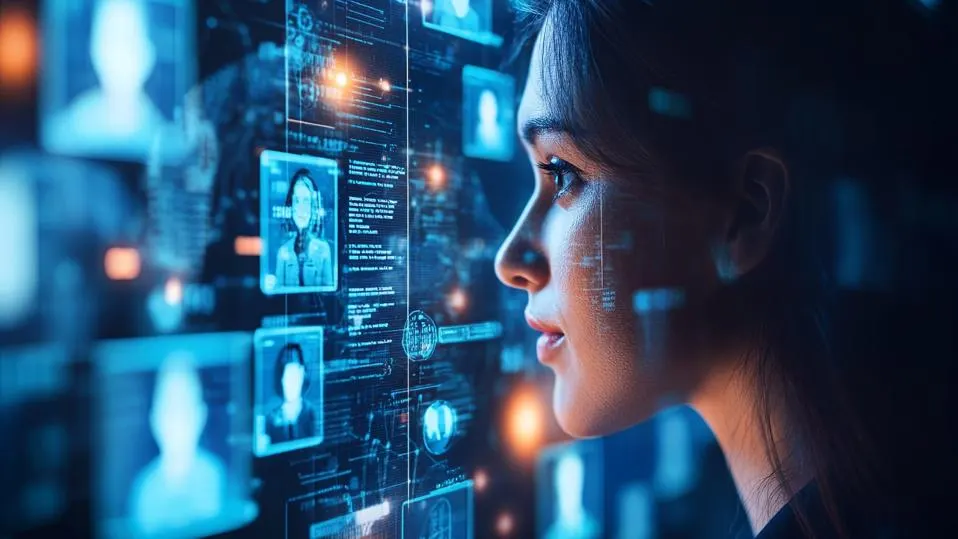
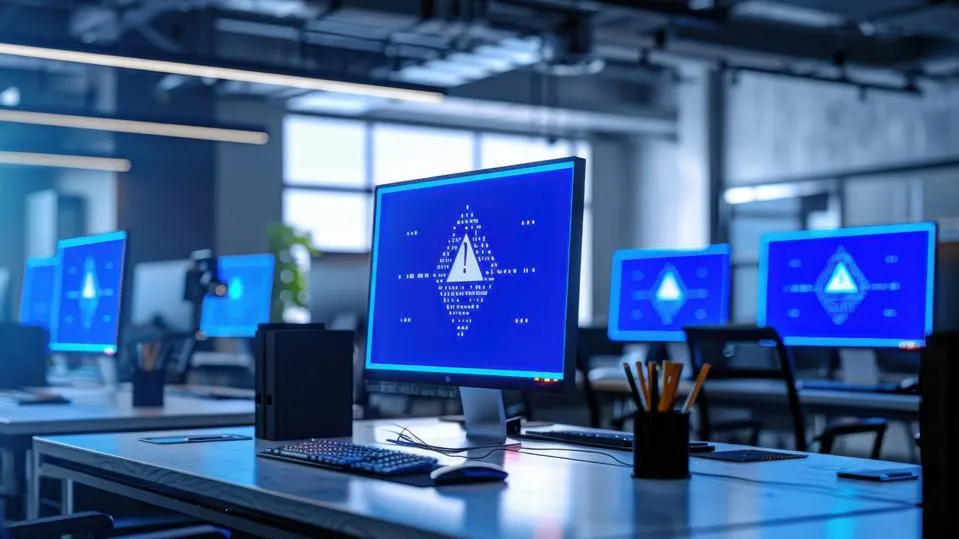
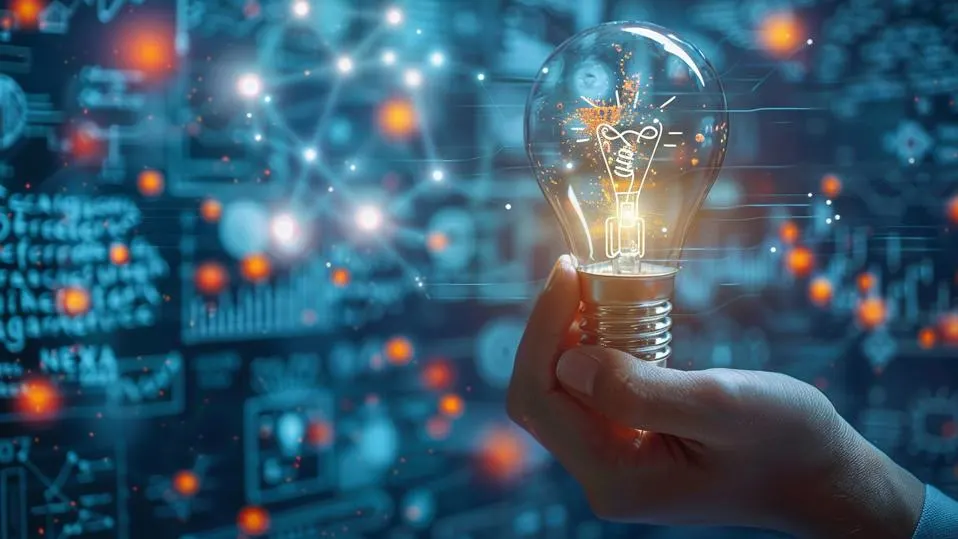
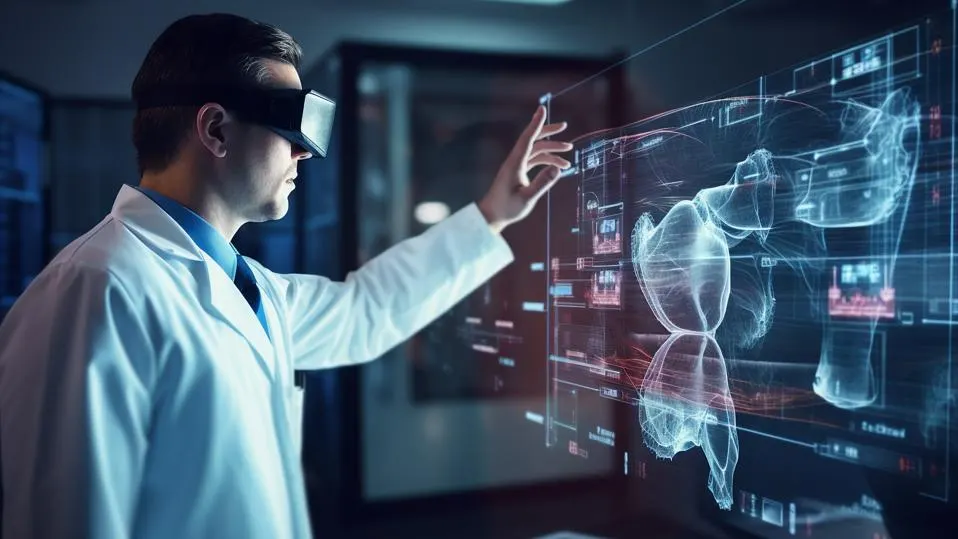
Social Media